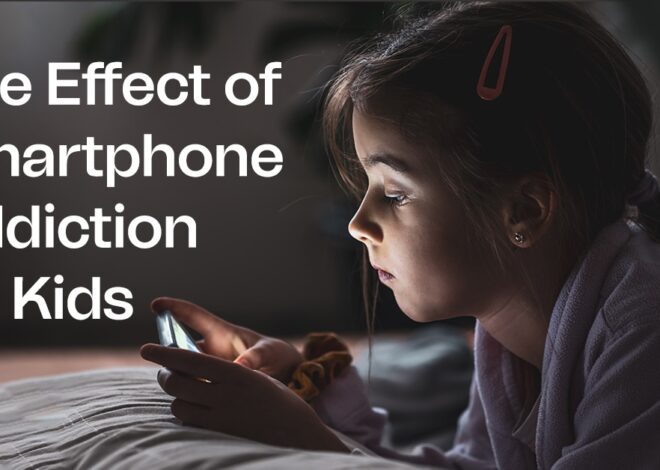
Exploring Different Learning Approaches for Children
Learning is a continuous journey and is something that goes on all through our lives. That being said, it is important to recognize that everyone learns differently. Each person’s learning style and pace can vary greatly. This diversity in learning preferences is why pedagogical approaches are so vital in the field of education. The teachers of AVN Vida International School understand that students need to cope with their curriculum, and for which, proper teaching and learning methods need to be implemented. This is when they explore the various learning approaches to make the kids learn better.
Why need different approaches for learning?
Pedagogical approaches are like toolkits that the teachers and course coordinators of Top international school in Gachibowli use to make the learning process for individual students. They take into account the unique needs, abilities, and interests of learners, aiming to create an educational experience that is engaging, effective, and enjoyable for everyone.
In this blog, we will explore the significance of employing various pedagogical approaches, specially in primary and secondary education. These approaches serve as the building blocks for shaping young minds. The teachers of International schools in Gachibowli ensure that students receive the best possible education tailored to their distinctive learning styles and abilities. By understanding and harnessing the power of these approaches, they can have a more inclusive and dynamic educational environment. It allows the students to thrive and excel in the competitive environment.
If the students learn the right way, it can help them succeed in life. When teachers use good ways of teaching, they can change how students understand subjects. This can make students more interested and curious about any topic. Engaging ways of learning are very effective, and many teachers around the world use them. They make students think better and see topics from different angles. Subjects like math, science, and geography can be taught in fun and exciting ways that make learning a joy.
Benefits of using different learning approaches
- Better Learning at All Levels: Learning experiences help students understand subjects like math, language, and more in different ways. This makes learning easier because it involves thinking, feeling, and doing, making it easier to remember and use what they’ve learned.
- Using What You Learn in Real Life: Learning experiences help you see how what you’re learning can be used in the real world. It connects different topics, so you can think about them in a more complex way and use them in everyday life.
- Learning with More Meaning: Learning can be more interesting with activities, games, and interactive tools. It helps you understand subjects like language, math, and history better and relate to them in a practical way.
- Mastering Challenging Subjects: Learning experiences can make tough subjects easier to master. For example, playing a game that gets harder as you learn fractions can help you become really good at it.
- Learning Your Way: Learning experiences can be personalized, which means you can learn in a way that suits you best. Teachers can use different tools and methods to help each student learn in the way they like.
- Learning with Friends: Learning closely with your classmates helps you understand subjects better. You can work on problems together, learn from each other, and have fun while learning.
- Finding and Fixing Learning Problems: Learning experiences can help teachers see where you might be struggling. They can use fun activities and tests to find problems in your learning and help you right away.
So, using learning experiences in the classroom helps you understand and enjoy learning in many different ways!
Primary School Learning Approaches:
- Play-Based Learning: Primary school children grow better in environments where they can play and learn simultaneously. Play-based learning fosters creativity, problem-solving skills, and social development. AVN Vida International School teachers encourage activities like building with blocks, storytelling, and interactive games.
- Experiential Learning: Learning by doing is a powerful method in primary classes. Students benefit from hands-on experiences, experiments, and field trips. This approach from Top international school in Gachibowli helps children grasp concepts through practical application and observation.
- Visual Learning: Visual aids like colorful charts, diagrams, and pictures are indispensable in primary education. Visual learning stimulates memory and comprehension, making lessons more accessible.
Secondary School Learning Approaches:
- Critical Thinking: Adolescents in secondary classes are encouraged to think critically. They analyse, evaluate, and form opinions. Teachers use debates, discussions, and problem-solving tasks to nurture these skills.
- Collaborative Learning: Secondary students learn how to work effectively in teams. Collaborative learning prepares them for future endeavors and teaches the value of teamwork, communication, and shared knowledge.
- Project-Based Learning: Complex subjects are made more accessible through project-based learning. Students tackle real-world problems and work on long-term projects, connecting theoretical knowledge to practical applications.
Learning Approaches in Schools:
- Traditional Classroom Learning: This approach is fundamental in International schools in Gachibowli. This provides a structured environment for knowledge dissemination. However, it is now often complemented with other methods for a holistic learning experience.
- Technology-Enhanced Learning: Schools have embraced technology, incorporating e-learning platforms, interactive apps, and online resources. These tools engage tech-savvy students and cater to various learning styles.
- Personalized Learning: Recognizing that every child is unique, personalized learning tailors education to individual needs. Adaptive software and teacher guidance help students progress at their own pace.


